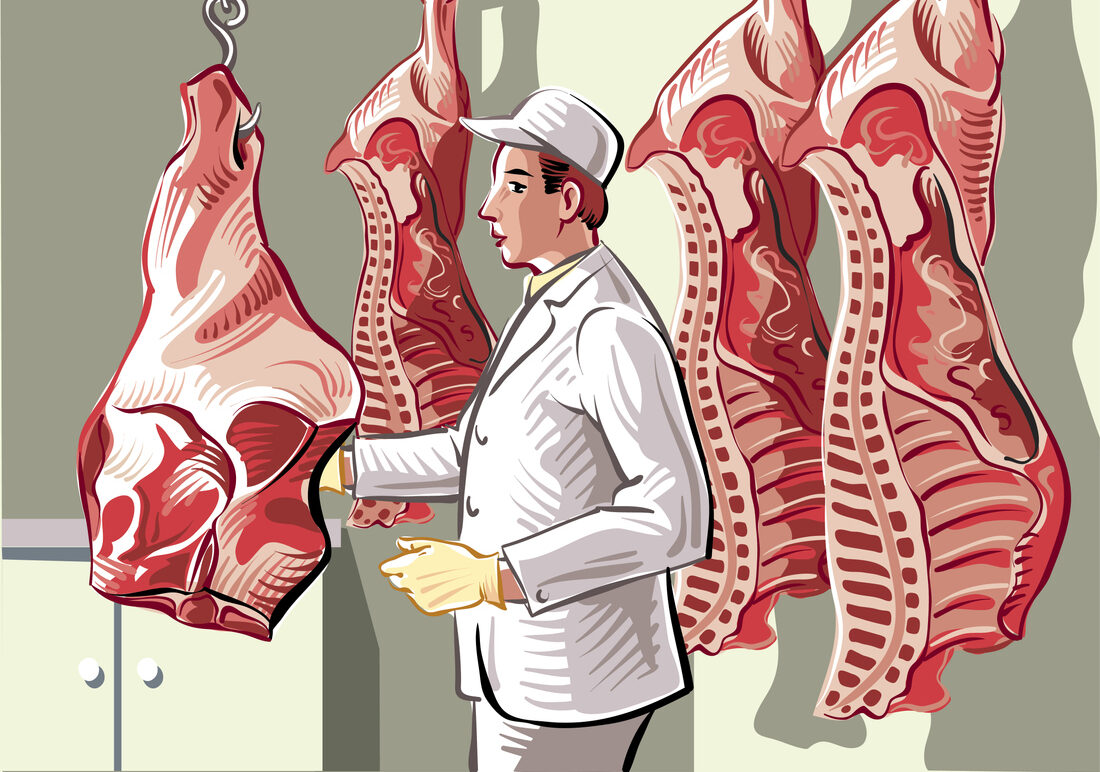10 ingredient discoveries that have shaped the foods we eat

New ingredients are developed all the time to enhance and better formulations. Some enjoy short-lived success before being replaced, others become a staple in applications and cooking.
Some ingredients have been used for centuries, whilst others have made an appearance only recently, yet they seem to have been part of our food culture since forever. We take a look at 10 ingredients, discovered and used in food in different decades, and even centuries, that are now a staple in our culinary and food production history.
Citric acid
Citric acid is found in a variety of fruit and vegetables, in particular citrus fruits, with lemon and lime having a high concentration of it.
First isolated in 1784 by pharmaceutical chemist Carl Wilhelm Scheele, industrial production of citric acid started in 1890 using Italian citrus fruit. In 1893, and later in 1917, scientists discovered that citric acid could also be extracted from certain types of mould in fungi: penicillium and aspergillus niger. Pfizer and Citrique Belge were the first two companies to produce citric acid from mould, which was cheaper than using citrus fruit. These days the acid is mostly produced by fermentation using aspergillus niger.
Citric acid is used as a flavouring, emulsifier and preservative. It’s commonly used as an acidity regulator in soft and alcoholic beverages, in sweets for flavouring, as an emulsifier in ice cream, in canned foods, jam, meat products, in caramel to stop sugar crystallising, and even in some types of cheese to help the ripening process. Citric acid comes in powder form and it’s mostly produced in China, followed by the USA and Europe.
Lecithin
Lecithin is a fatty substance derived from plants and animals. It was first isolated from egg yolk in 1845 by French chemist and pharmacist Théodore Gobley. The main source of lecithin is soybean oil, but sunflower lecithin is also common. Lecithin is used for a variety of applications, including for smoothing food textures, emulsifying and homogenising.
It’s used in fat spreads as an emulsion, in confectionary to reduce viscosity, and in baking and doughs to replace egg and fat. Lecithin helps ingredients in doughs to spread more uniformly. When added to chocolate bars it stops cocoa butter and cocoa from separating. It increases the wetting properties of certain food powders, such as cocoa, and it also works as a non sticking agent.
Sugar substitutes
As the name suggests, sugar substitutes are sweet tasting food additives used instead of sugar. Sweeteners generally are synthetic, or come from plants or sugar alcohols, and tend to have no or low calories. They come in powder, liquid or pill form.
Sugar substitutes are widely used in beverages, desserts, chewing gums and confectionary. The first to be synthesised and used was saccharin, in 1879. These days there are many available, including stevia, aspartame, sucralose, sorbitol, xylitol, mannitol, erythritol, acesulfame potassium, mogrosides and allulose. The quest for the perfect sugar substitute is still ongoing as there is a huge market demand. Amai Proteins, one of Food Matters Live’s Future Ingredients Competition 2021 finalists, produces Amai Sweeteners, a sweet protein inspired by sweet fruits found in the equatorial belt that don’t contain any sugar.
Hydrocolloids
Hydrocolloids are widely used in foods as a gelling agent, stabiliser, emulsifier, thickener and to control crystals in sugar and ice. Starch, locust bean gum, xanthan gum, guar gum, gum karaya, gum tragacanth, gum Arabic, cellulose derivatives, alginate, pectin, carrageenan, gelatin, gellan, and agar are all hydrocolloids. The wider use and production of hydrocolloids didn’t start until the beginning of the twentieth century and these days they are used in a large number of food applications, including desserts, sauces, jam, jelly, yoghurt, bakery products, dairy and more.
Soy Protein
Isolated from the soybean, soy protein has been available in the West since the 30s. American research chemist Percy Lavon Julian created the first plant in the world for the isolation of industrial-grade soy protein in 1936, although it took a while longer for the ingredient to be commonly used in food preparation. These days soy protein is used in a large variety of foods, including cakes and bread, meat and dairy alternatives, cereals, pasta, salad dressings, sauces, and desserts.
Monosodium Glutamate
Monosodium glutamate, also known as MSG, is sodium salt found in glutamic acid. Commonly used for around 100 years, there is evidence that foods containing monosodium glutamate were eaten as far back as 5,500 BC. MSG is most commonly used to season food and to give it a distinctive umami flavour.
Carrageenan
Extracted from red edible seaweed, carrageenan is a sulfated linear polysaccharide used as a gelling, thickening and stabilising agent. The industrial production of carrageenan started in the 1930s, however it was already used in China in 600 BC, and Ireland in 400 AD. Part of the hydrocolloid family, carrageenan forms a strong bond with proteins found in food. It’s used in a large number of edible products, including sauces, desserts, as a clarifier in beer, dairy products such as cream and ice cream, and plant-based milks. It’s also used in meat, in particular low-fat meat products, where the gel-like texture of carrageenan makes it ideal to replace fat and stop the final product from being too tough or dry.
Food colouring
Colouring foods using pigment was widely used in ancient times, where spices such as saffron and leaves, such as tea, were commonly used.
Food colouring has however always been controversial. In 1396 France banned the use of colouring in butter and in 1574 the country passed a law that made adding pigment to pastries illegal. In 1531 a law was passed in Germany that prohibited the use of saffron as a food dye.
It was during the industrial revolution that things got out of hand and toxic chemicals were used to add pigment to sweets to make them more appealing to children. Mercury sulphide, copper arsenite, blue vitriol and red and white lead were all used in food preparations.
In 1856 British chemist and entrepreneur Sir William Henry Perkin accidentally discovered mauveine, the first synthetic colour. A new era of synthetic dyes was born, mainly for the textile industry but also the food sector. With the use of often poisonous food dyes, the rates of food poisoning increased and people even died from ingesting toxic food colouring. Experts were called in to examine the toxicity of food colouring. In the US the Pure Food and Drugs Act of 1906 was drawn, but it took decades, research and legislation before some synthetic dyes were banned altogether. In 2007, Southampton University discovered a link between food additives and hyperactivity in children – another blow for the synthetic food colouring industry.
These days, the EU monitors the safety of food additives and colouring and only a handful used are of synthetic origin, including E104 (Quinoline Yellow), E122 (Carmoisine), E124 (Ponceau 4R), E131 (Patent Blue V), E142 (Green S).
This year, scientists from the University of California, Davis, successfully extracted large quantities of a cyan blue pigment from red cabbage, which may well spell the end of artificial blue colouring in food in the near future.
Baking powder
Baking powder is a raising agent used commonly in baking. It’s made by combining bicarbonate of soda, cream of tartar and a starch, such as corn, potato or rice flour. When added to a wet batter it releases carbon dioxide, making the bubbles in the mixture expand, thus acting as a leavening agent.
Although bicarbonate of soda and cream of tartar were already used in baking, it wasn’t until the second half of the 19th century that baking powder as we know it today was introduced. Baking powder is widely used in baking goods, such as bread, cakes and biscuits.
Yeast
Yeast are single-celled microorganisms belonging to the fungi family. Yeast has been used for thousands of years to make bread, but it wasn’t until French chemist Louis Pasteur discovered microbial fermentation that yeast became so ubiquitous. Yeast is used in baking, and in alcoholic beverages such as beer and champagne, stock cubes, in spreads such as Marmite and Vegemite, in sauces and condiments and fermented foods such as miso and sauerkraut. It’s also sold as nutritional yeast and comes in flakes that can be added to sauces, salad dressing and pasta to give them a slightly cheese-like, nutty taste.








